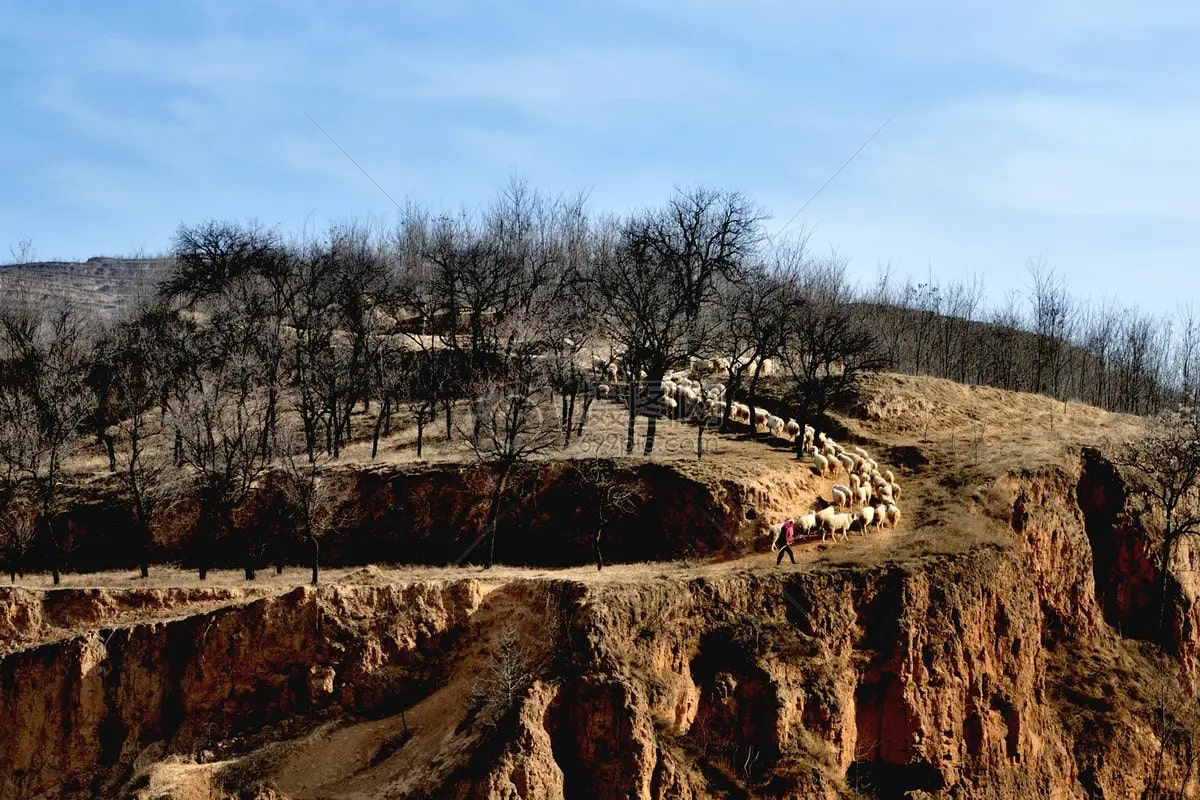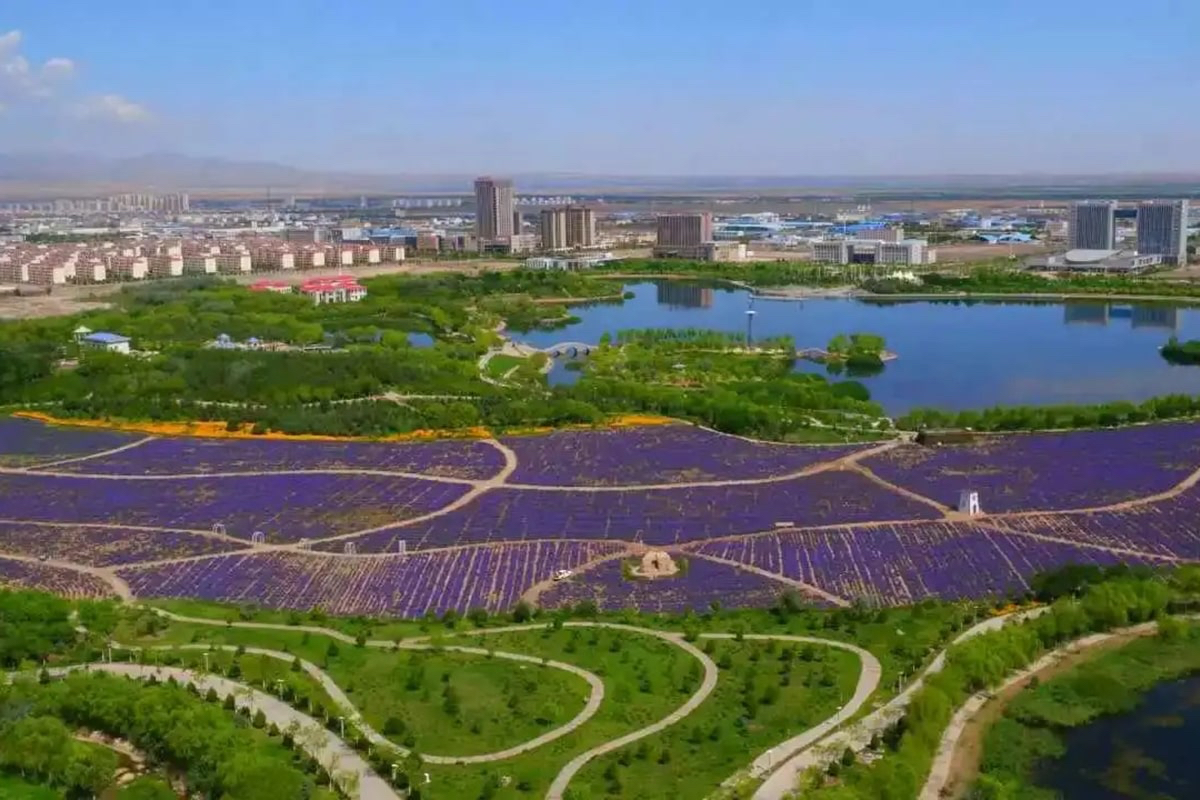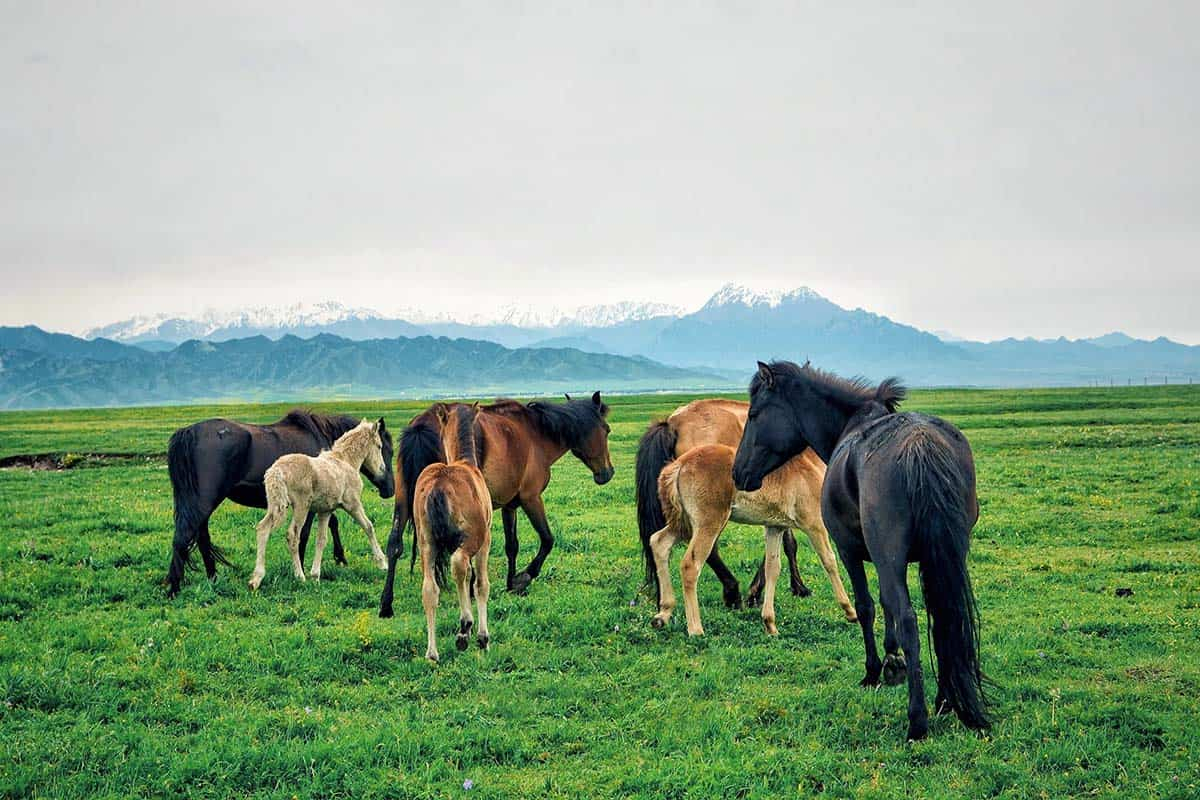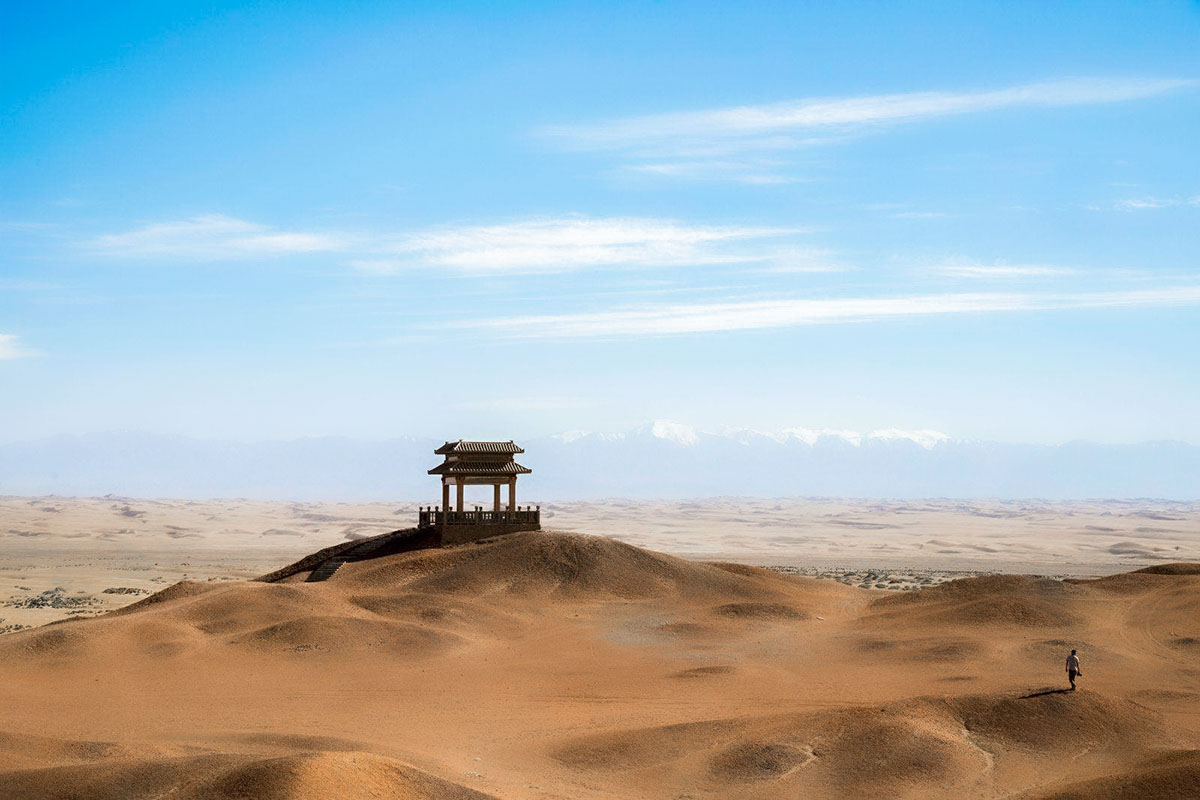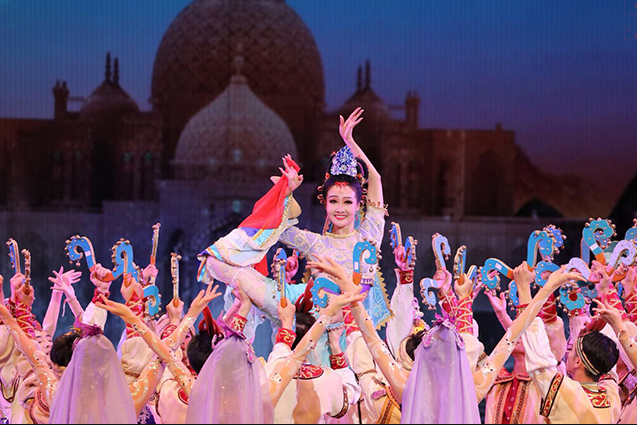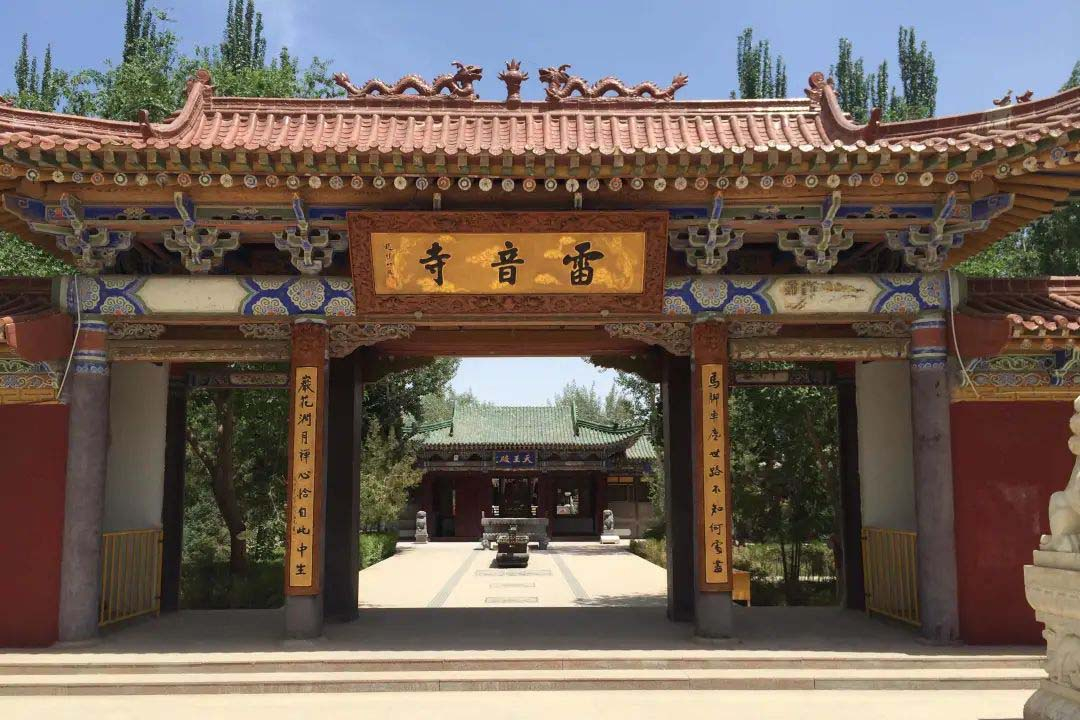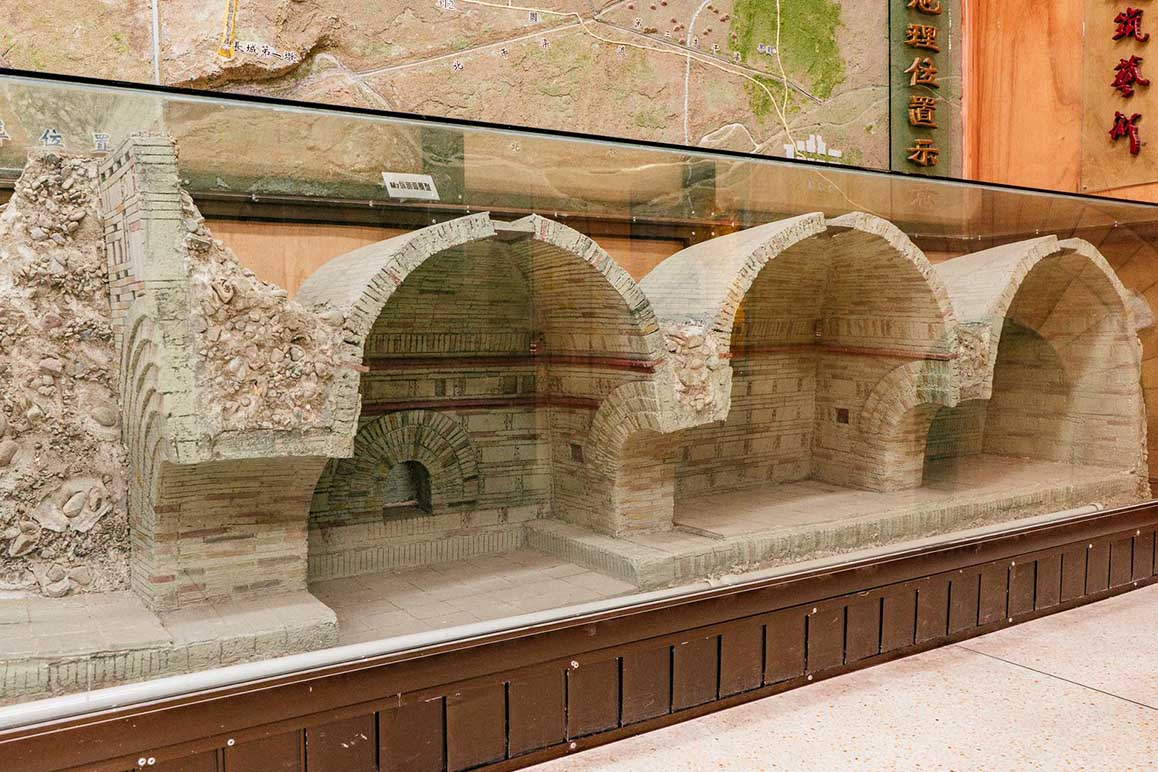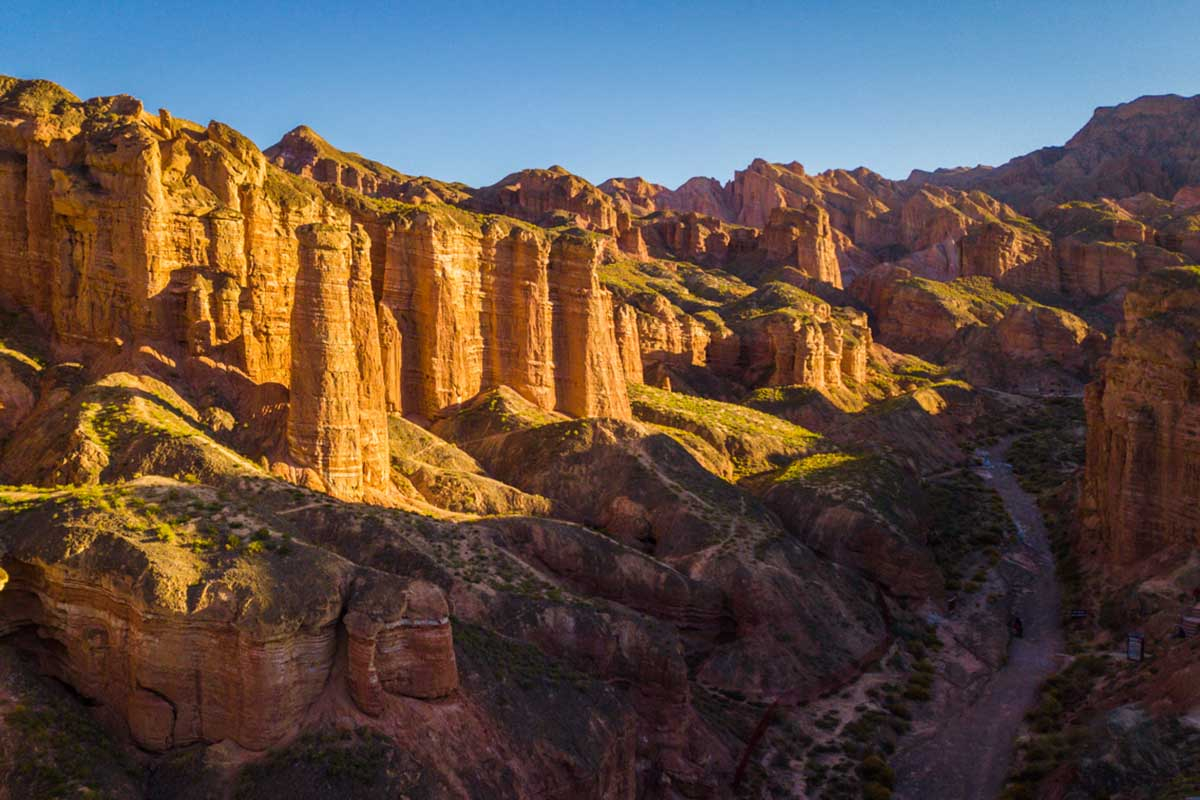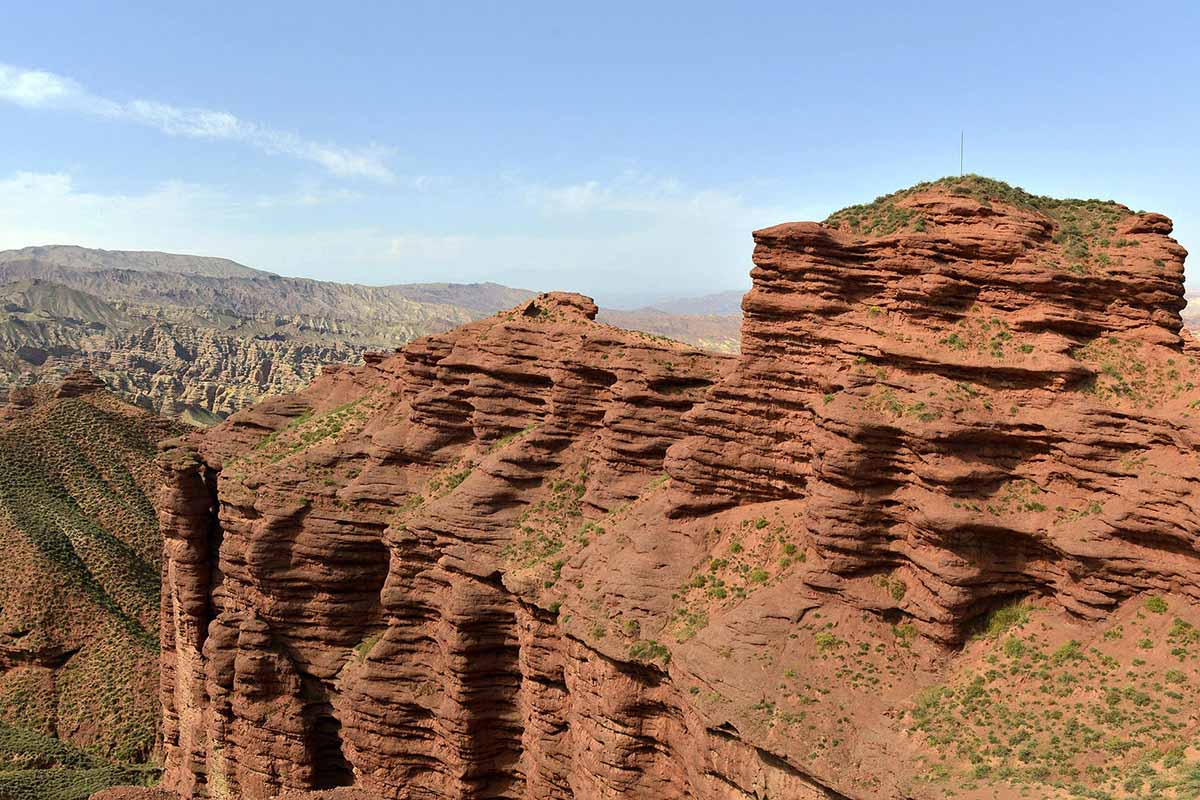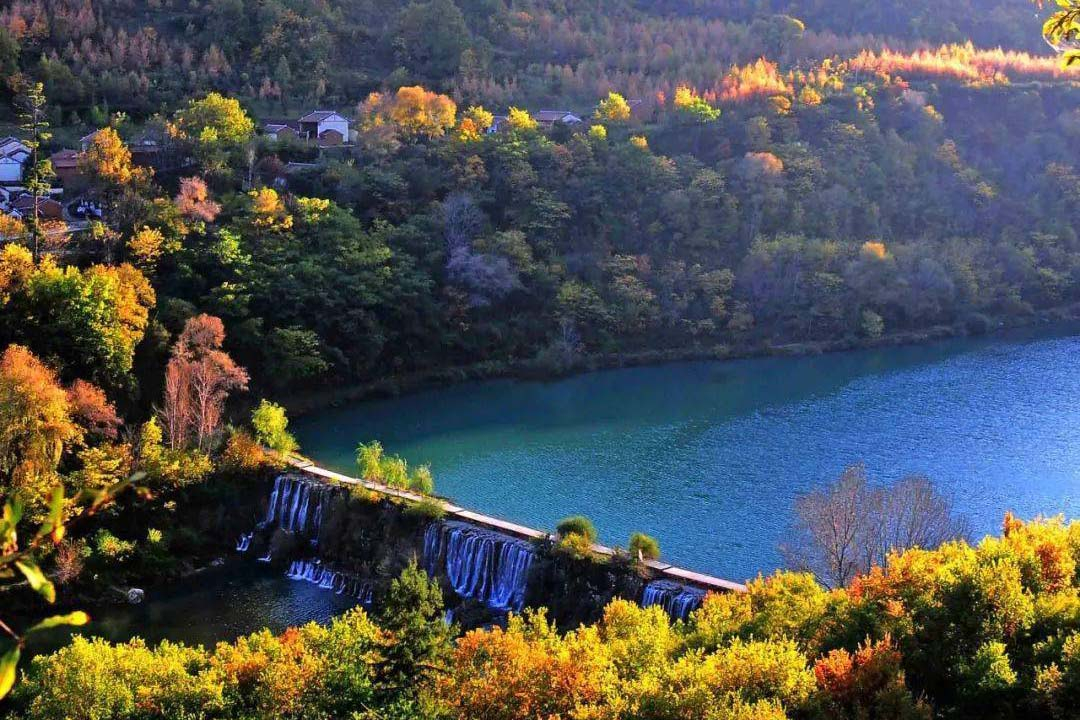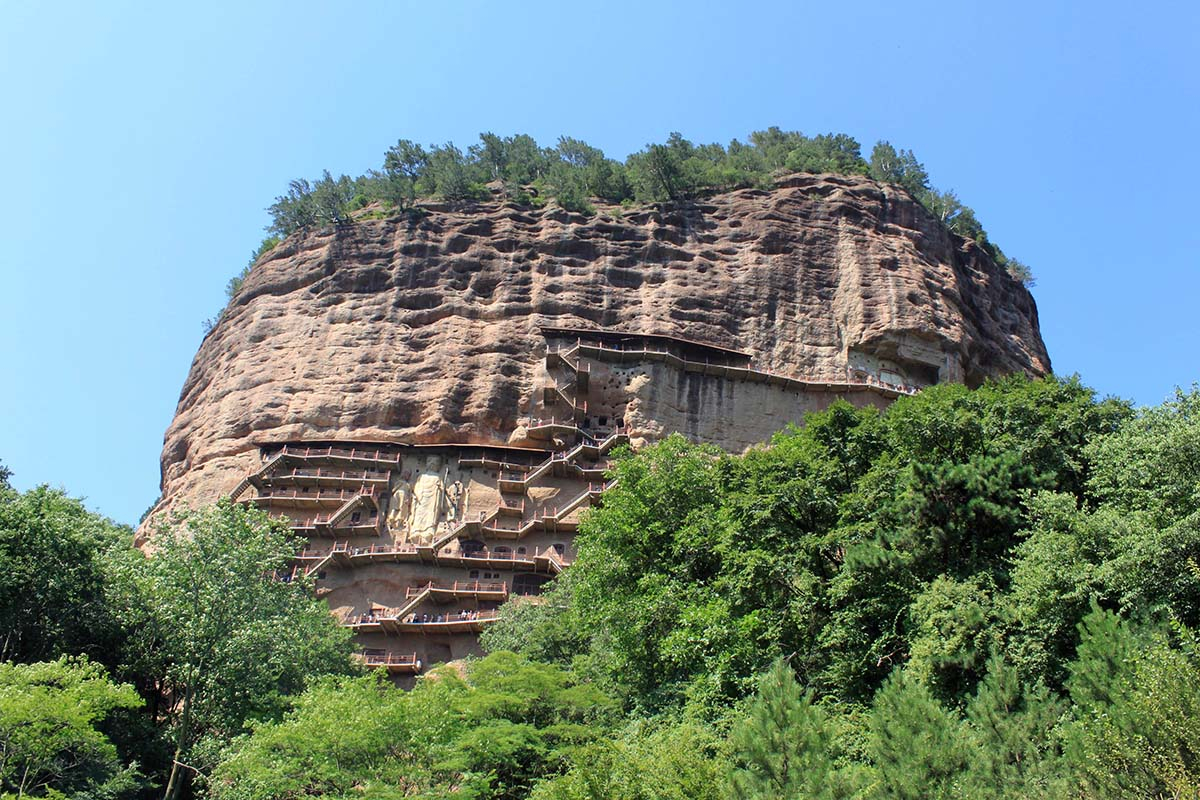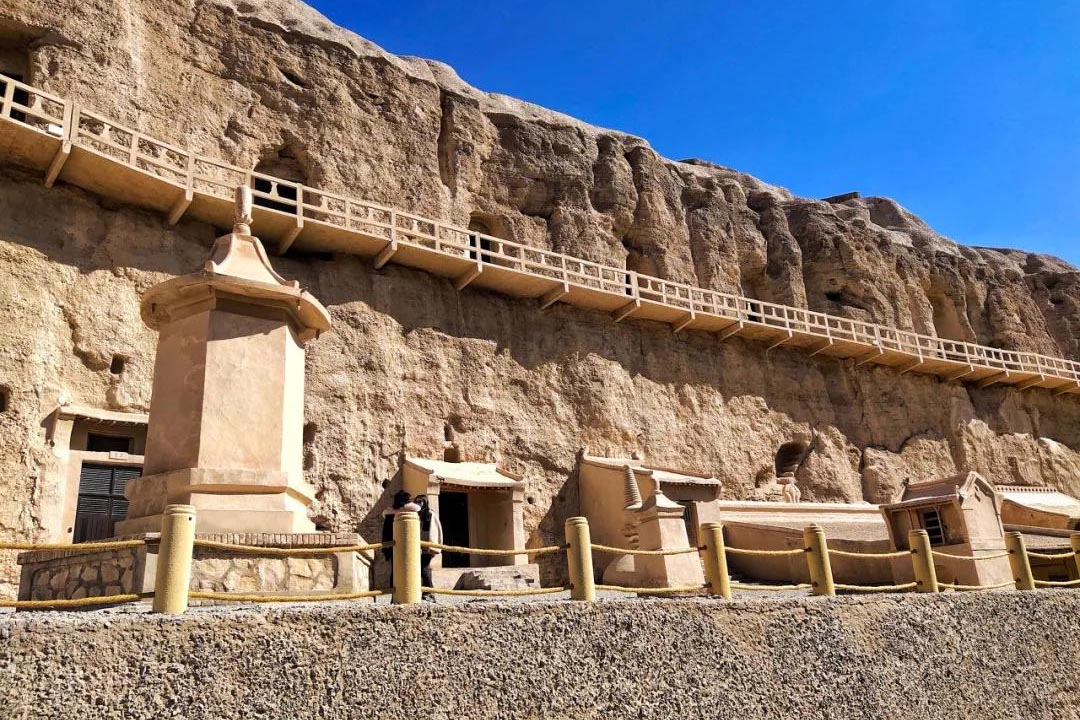Pingshanhu Grand Canyon
Chinese name: 平山湖大峡谷(Ping Shan Hu Da Xia Gu)
Location: Mongol Village, Ganzhou District, Zhangye City, Gansu Province
Ticket: CNY130.00 include sightseeing bus.
Estimated time of tour: 2-3 hours
Recommended time of visit: all year round
Nearby attractions: Mati Temple Scenic Resort,Zhangye Danxia Landform Geological Park,Giant Buddha Temple,Bingou Danxia Landscape Scenic Spot.
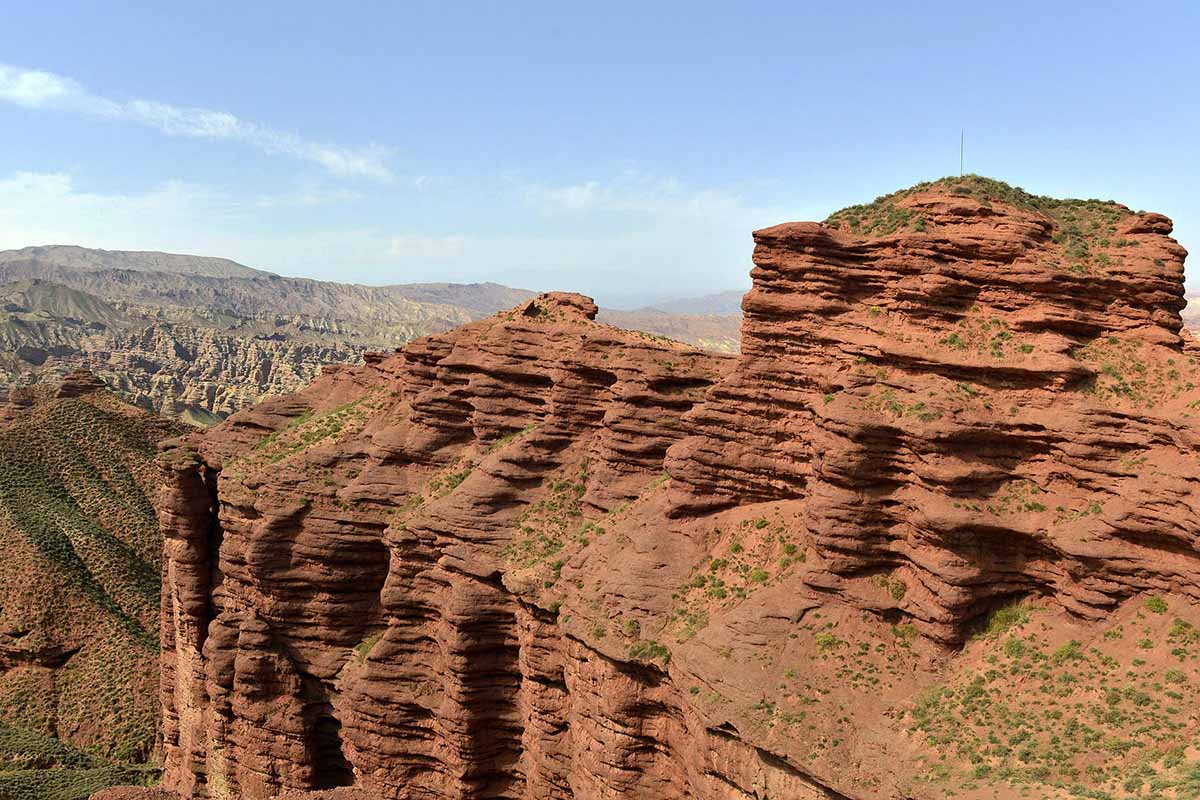
About 60km away from downtown Zhangye City Gansu Province, Pingshanhu Grand Canyon is a scenic area named Pingshanhu Grand Canyon. It is one of the most beautiful sites among many of Zhangye’s geological attractions. The elevation of the valley varies from 1500 to 2500 meters. These lands consist of red sandstone developed between Jurassic and Cenozoic era. The landscape came in different shapes and sizes with valleys stretching 2-15 km in width. North bank of the valley is higher then the south bank. This curvaceous landscape is the product of tectonic movement and erosions caused by wind, water and chemicals.
Despite of its barren appearance, this area is home to many rare plants and animals. There are estimated 98 species of plants, mostly spruce, aspen and cypress (sabina chinensis) in area covered in forests. More than 80 species of mammals and birds were also observed here. Rare animals like Gansu red deer (cervus elaphus), blue sheep (pseudois nayaur), and Himalayan snowcock (teraogallus himalayensis) were observed in this region, together with National Level II protected animals goitred gazelle (gezella subgutturosa) and argali (ovis ammon).
Historically, the Pingshanhu Grand Canyon region was a critical channel to access the Hexi Corridor, a crucial route that connected central China and its west frontiers. It also served as an important barrier for Han Chinese to keep out the nomadic tribes from north. Its strategic position made it a melting pot for both agriculture civilization and nomadic civilization.
Different ethnic groups had inhabited this region. Currently, this land is shared by Mongol, Han, Tu and Yugu ethnics. Mongol is the dominating group now. The Mongol villagers are fluent both in Mongolian and Mandarin, but kept much of their etiquettes, traditions, arts and cultures to this day. It is now an important link between Zhangye City and Inner Mongolia Autonomous Region and provided a reliable trading route in northwest China.
- HOTEST
- RECOMMEND
